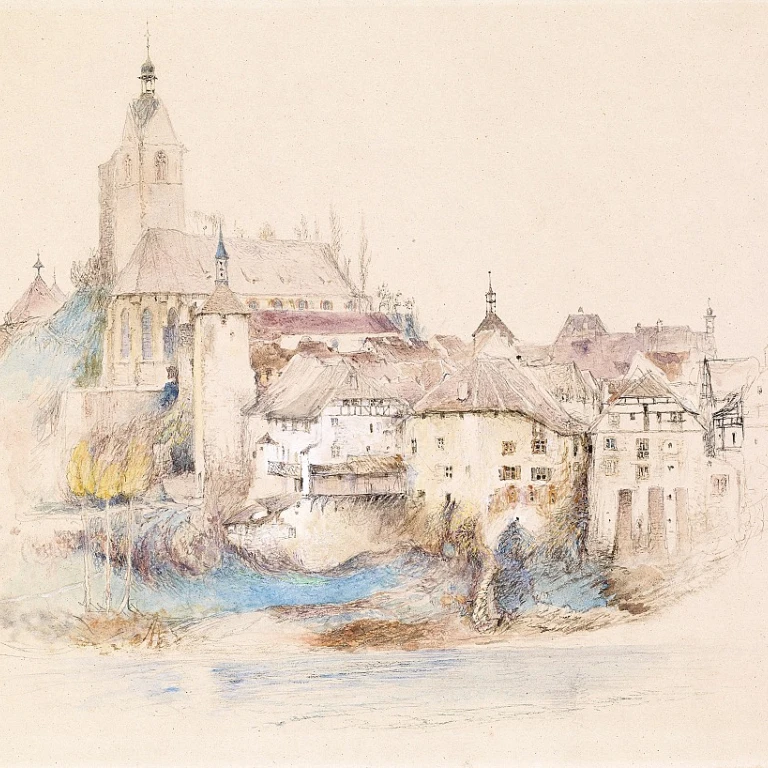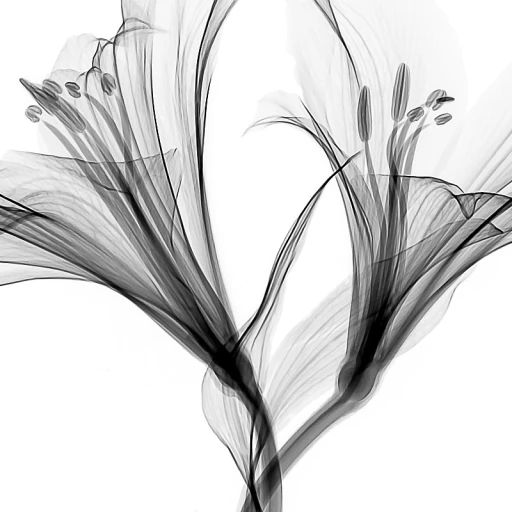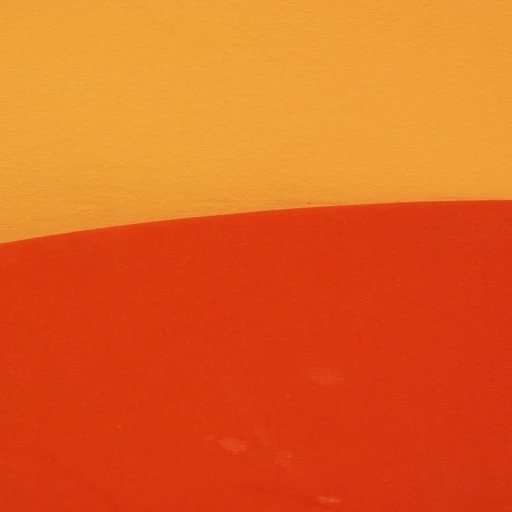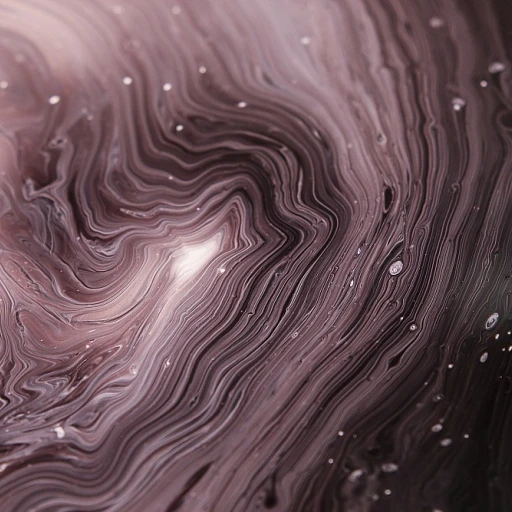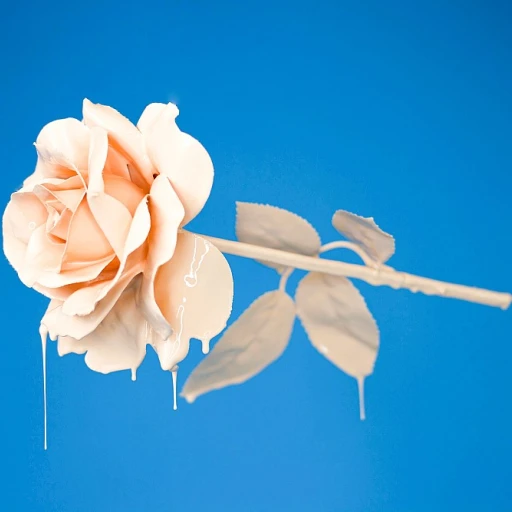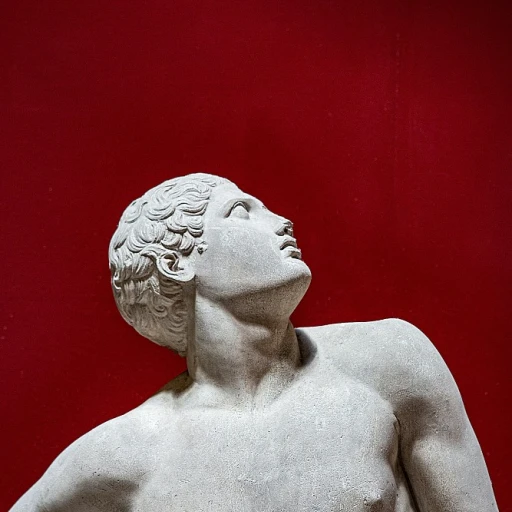-teaser.webp)
Understanding the Importance of Artwork Cleaning
The Foundation of Preservation: Why Cleanliness Matters
For luxury artwork enthusiasts, understanding the significance of artwork cleaning goes beyond mere aesthetics. The longevity and vibrancy of a piece, whether it's a painting, sculpture, or fine canvas, rely heavily on meticulous cleaning practices. Over time, dust, pollutants, and environmental factors can obscure the beauty of these cherished items, leading to discolored varnishes and dulled surfaces.
Imagine an exquisite oil painting shrouded by a yellowing varnish; the brilliance of its colors may be hidden beneath layers of grime accumulated through time. Such changes not only affect visual pleasure but also the value of the artwork.
Clean surfaces not only contribute to the aesthetic experience but also allow conservators to better assess any underlying issues that may require art restoration or conservation interventions. This, in turn, enhances the cultural and financial value of the piece, ensuring it can be passed down through generations.
Furthermore, a clean oil painting or sculpture creates a more engaging experience for observers, whether displayed in art galleries or private collections. For those looking to maintain the prestige of their collection, exploring the allure of preservation techniques is essential for the artwork's longevity.
Challenges in Cleaning Luxury Art Pieces
Challenges in Maintaining Masterpieces
Luxury artwork cleaning presents unique challenges that require a meticulous approach to overcome. These art pieces, often representative of historical significance and personal value, must be handled with care. A primary challenge in cleaning oil paintings and other fine artworks is addressing the accumulation of dust and dirt on the surface over time. This not only affects the visual appeal of the piece but can also lead to long-term damage if not professionally managed.
Another challenge involves aged varnish, which tends to yellow and distort the original colors of the painting. This yellowing varnish can occur due to the natural aging process or as a result of environmental factors, posing a threat to the artwork's authentic appearance. When dealing with oil paintings and other canvas-based works, discolored varnishes and yellowed areas must be carefully removed or treated to achieve effective restoration.
Different materials, such as polyester canvas or traditional oil paints, require specific cleaning interventions. Not all cleaning services are equipped to handle such delicate tasks. Ensuring the responsible application of cleaning agents without harming the original paint or varnish layer can prove to be a sophisticated exercise for any cleaning professional. The intricacies involved in art restoration services demand an understanding of conservation techniques that respect the integrity of the work.
Furthermore, art galleries and private collectors often require a customized approach to cleaning each piece. The items may vary in age, medium, and historical importance, which increases the complexity of the restoration task at hand. The key is balancing the need to clean and preserve the artwork without compromising its original essence.
Addressing these challenges effectively mandates reliance on professionals skilled in both art conservation and cleaning restoration. For readers seeking more about overcoming such challenges, we recommend checking our piece on the allure of premium Christian posters in luxury artwork.
Techniques and Tools for Effective Cleaning
Innovative Approaches to Preserve Artwork
When it comes to preserving the intrinsic value of luxury artwork, adopting the right techniques and tools for effective cleaning is paramount. Art cleaning, often termed in tandem with conservation, is a meticulous process that ensures the longevity and aesthetic appeal of artwork. Preserving the surface of paintings begins with understanding the medium. Oil paintings, for instance, are susceptible to surface dirt and discolored varnish. The yellowing varnish often obfuscates the original brilliance of the colors. Specialists utilize solvents specifically formulated to remove this coat yellowing without affecting the underlying paint layer. However, this task requires exceptional skill to distinguish between surface and intrinsic layers, ensuring the artwork remains unaffected. Art cleaning techniques also vary based on the core material of the piece. For example, polyester canvas requires a different treatment than traditional canvas. Each type demands a bespoke cleaning approach to ensure that the work's integrity is not compromised. The tools used in these processes often include soft brushes for dusting, delicate swabs for precision cleaning, and conservation grade cleaning agents. It is vital to avoid abrasive materials that might erode the painting surface or introduce scratches that are hard to repair. For effective painting cleaning, adaptation is crucial. That's where customized art cleaning services come into play. Many professional services offer tailored solutions based on the type, age, and condition of the artwork, ensuring that every stroke remains vibrant and intact over time. Art restoration is not merely about cleaning; it's also about rejuvenation. By filling in areas where paint has chipped or restoring color vibrancy through careful varnish application, restoration services breathe new life into cherished artworks. It's a delicate balance of art and science, where precision meets passion, preserving legacy while respecting original artistry.Choosing the Right Artwork Cleaning Service
Key Considerations When Selecting a Professional Service
When it comes to cleaning luxury artwork, choosing a trusted service is vital for preserving the integrity of your pieces. As outlined, cleaning luxury art is a complex process that demands a thorough understanding of each artwork's unique needs, particularly for pieces that involve intricate oil paint layers or discolored varnish that might require specialized techniques.
Professional restoration services bring a wealth of expertise in colorful art cleaning and employ advanced tools tailored to treat surfaces delicately, including polyester canvases and oil paintings. When evaluating potential services, consider the following:
- Experience with Similar Restoration Projects: Services with a history of successfully cleaning and restoring similar art pieces can assure you that they understand the particular challenges involved.
- Techniques Employed: Inquire about the cleaning methods and technologies a service uses. Look for those skilled in handling delicate varnish problems like coat yellowing and addressing painting restoration systematically.
- Conservation Emphasis: The approach towards art conservation is critical. Services that prioritize this will ensure that cleaning does not compromise the painting's longevity.
- Testimonials and Case Studies: Previous client feedback and documented case studies of successful artwork restoration can provide a clear sense of the service's reliability and outcomes.
From complex canvas artworks to intricate oils, each piece requires a tailored approach to cleaning. Adept professionals will communicate their adherence to privacy policy standards while handling your valuable collection. Ensuring your cherished items are in capable hands will ultimately preserve their beauty over time, maintaining the artistry's pristine quality.

